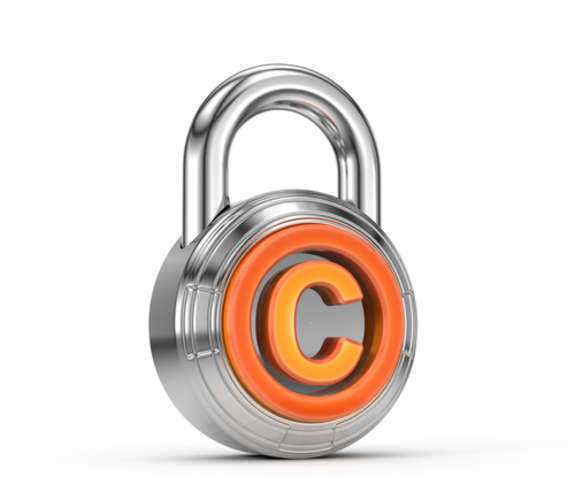In general, copyright confers a monopoly on a work for the author’s lifetime plus 70 years if the work was published in the United States after January 1, 1978.

In general, copyright confers a monopoly on a work for the author’s lifetime plus 70 years if the work was published in the United States after January 1, 1978. A basic question like how long a copyright will endure, on the other hand, should have a clear answer, but it doesn’t. When the piece was initially published, where it was developed, whether it was commissioned, and a few other criteria all influence the answer.
Table of Contents
Does the creation date have any bearing on copyright protection?
Yes. In general, copyright lasts for the author’s lifetime plus 70 years if the work was published in the United States after January 1, 1978. If the work has more than one author, the “author’s life” is counted by the death of the last living author.
However, owing to specific conditions, copyright protection might vary from 95 years from the year of its first publication to 120 years after the year of its invention.
If the work was published under a pseudonym,
If the author utilised a pen name
If the task is classified as a “work for hire.” Anything made in the course of employment, such as an essay for a magazine or an artwork that was particularly commissioned, is considered work for hire.
These works’ copyright protection cannot be renewed. In reality, copyright renewal is no longer necessary after 1978.
Are These the Only Factors Influencing Copyright?
No. Additional situations may impact the term of protection, therefore you or your lawyer should review Chapter 3 of the Copyright Act (Title 17 of the United States Code).
What About Earlier Works’ Copyright Protection?
If the work was published between 1978 and 1923, it is protected by copyright for a period of 95 years from the date of publication.
If the work was made but not published within this time period, it reverts to the author’s life plus 70 years. Each of these works is granted 25 years of copyright, regardless of the author’s life. That is, due of the shifting legislation, copyrights that fell inside this span were also protected until December 31, 2002. If the work was published before to 2003, it is protected by copyright until December 31, 2047.
These works’ copyright protection may also be renewed. Renewals are voluntary after 28 years, and there are certain legal benefits to re-registration. Non-renewed copyrights entered the public domain. See Circular 15, Renewal of Copyright for further information on how to submit a renewal application and the legal benefits of doing so.
What About Copyright Protection for Works Created Prior to 1923?
Any creative work produced in the United States before 1923 is regarded to be in the public domain, which means it may be used by anybody.
Is There Anything Else I Should Be Aware Of Regarding Copyright?
Yes. Whether or whether a certain work is now protected by copyright is a legal matter that must be addressed directly with the United States Copyright Office. After 1989, the law no longer requires the copyright sign to appear after the title of a work, which might make establishing whether a work is protected by copyright more complex. Even though it is not compulsory, using the copyright sign to inform people about the copyright status may be a good idea.
Furthermore, Public Law 102-307 amended the 1976 Copyright Act to provide for automatic renewal of the periods of copyrights obtained between January 1, 1964, and December 31, 1977. Although the renewal period is offered automatically, the Copyright Office will issue a renewal certificate for the work if a renewal application and fee are submitted and registered with the Copyright Office. Renewal registration is no longer required to extend the initial 28-year copyright term to the full 95-year period. If the work is not renewed, it enters the public domain.
